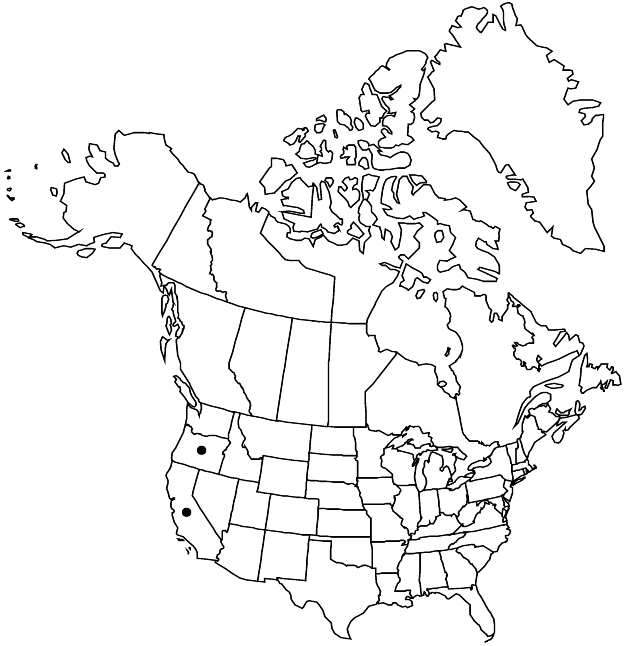familyPolygonaceae
subfamilyPolygonaceae subfam. Polygonoideae
genusPolygonum
sectionPolygonum sect. Duravia
speciesPolygonum polygaloides
subspeciesPolygonum polygaloides subsp. esotericum
Difference between revisions of "Polygonum polygaloides subsp. esotericum"
Madroño 31: 251. 1984.
Common names: Modoc County knotweed
Basionym: Polygonum esotericum L. C. Wheeler Rhodora 40: 310, fig. 1. 1938
FNA>Volume Importer |
FNA>Volume Importer |
||
| Line 8: | Line 8: | ||
}} | }} | ||
|common_names=Modoc County knotweed | |common_names=Modoc County knotweed | ||
| − | |basionyms={{Treatment/ID/ | + | |basionyms={{Treatment/ID/Basionym |
|name=Polygonum esotericum | |name=Polygonum esotericum | ||
|authority=L. C. Wheeler | |authority=L. C. Wheeler | ||
| + | |publication_title=Rhodora | ||
| + | |publication_place=40: 310, fig. 1. 1938 | ||
}} | }} | ||
|synonyms= | |synonyms= | ||
| Line 50: | Line 52: | ||
|publication year=1984 | |publication year=1984 | ||
|special status= | |special status= | ||
| − | |source xml=https://jpend@bitbucket.org/aafc-mbb/fna-data-curation.git/src/ | + | |source xml=https://jpend@bitbucket.org/aafc-mbb/fna-data-curation.git/src/f6b125a955440c0872999024f038d74684f65921/coarse_grained_fna_xml/V5/V5_1157.xml |
|subfamily=Polygonaceae subfam. Polygonoideae | |subfamily=Polygonaceae subfam. Polygonoideae | ||
|genus=Polygonum | |genus=Polygonum | ||
Revision as of 20:06, 24 September 2019
Stems 5–12 cm. Inflorescences continuous from bases of branches or stems, narrowly cylindric, 2–10 × 5–7 mm; bracts appressed, elliptic-lanceolate, 4–8 mm, rigid, margins flat, green, if white then scarious portion 0.1–0.2 mm wide; lateral and midveins prominent adaxially. Flowers: perianth 2.1–2.9 mm; tube 29–40% of perianth length; tepals white or pink; perianth tube and base of tepals smooth; stamens 5–8. Achenes dark brown, lanceolate, 2–2.5 mm, reticulately ridged to almost smooth, dull.
Phenology: Flowering Jun–Aug.
Habitat: Vernal pools, seasonally wet places, desert scrub, pinyon and juniper woodlands
Elevation: 1400-1600 m
Discussion
Selected References
None.
Lower Taxa
None.
